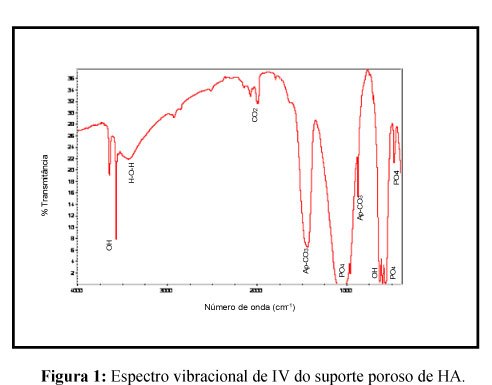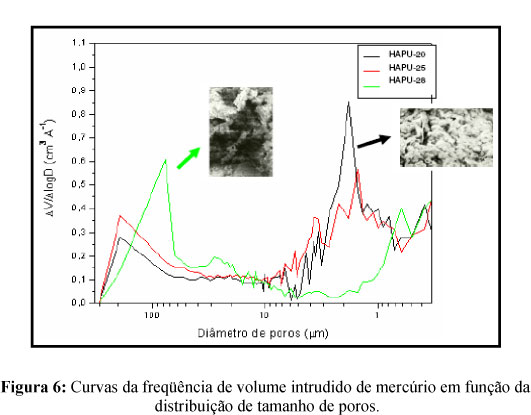Porous bioceramics have important biomedical applications such as bone defect fillers and tissue engineering scaffolds. The hydroxyapatite (HA, Ca10 (Po4)6(OH)2) shows resemblance to the mineral phase of bone and teeth, it is biocompatible and osteoconductive, and has excellent chemical and biological affinity to bone tissue. The aim of this work is to develop HA porous bioceramics for bone regeneration using the replica of the polymeric sponge technique. The HA slurry bioceramic was obtained by wet method using by the calcium hydroxide [Ca (OH) 2] and phosphoric acid (H3PO4) and impregnated polyurethane sponges with different densities. Heat treatment at 600 ° C for 1h was accomplished to eliminate the sponge followed by sintering at 1100 ° C for 2 hours. The scaffolds showed HA as major phase, high porosity (> 70%) and pores with sizes ranging in the order of macro (> 100μm) and microporosity (1-20μm), and these factors are suitable for application as scaffolds for bone regeneration.
bioceramics; calcium phosphate; bone regeneration








